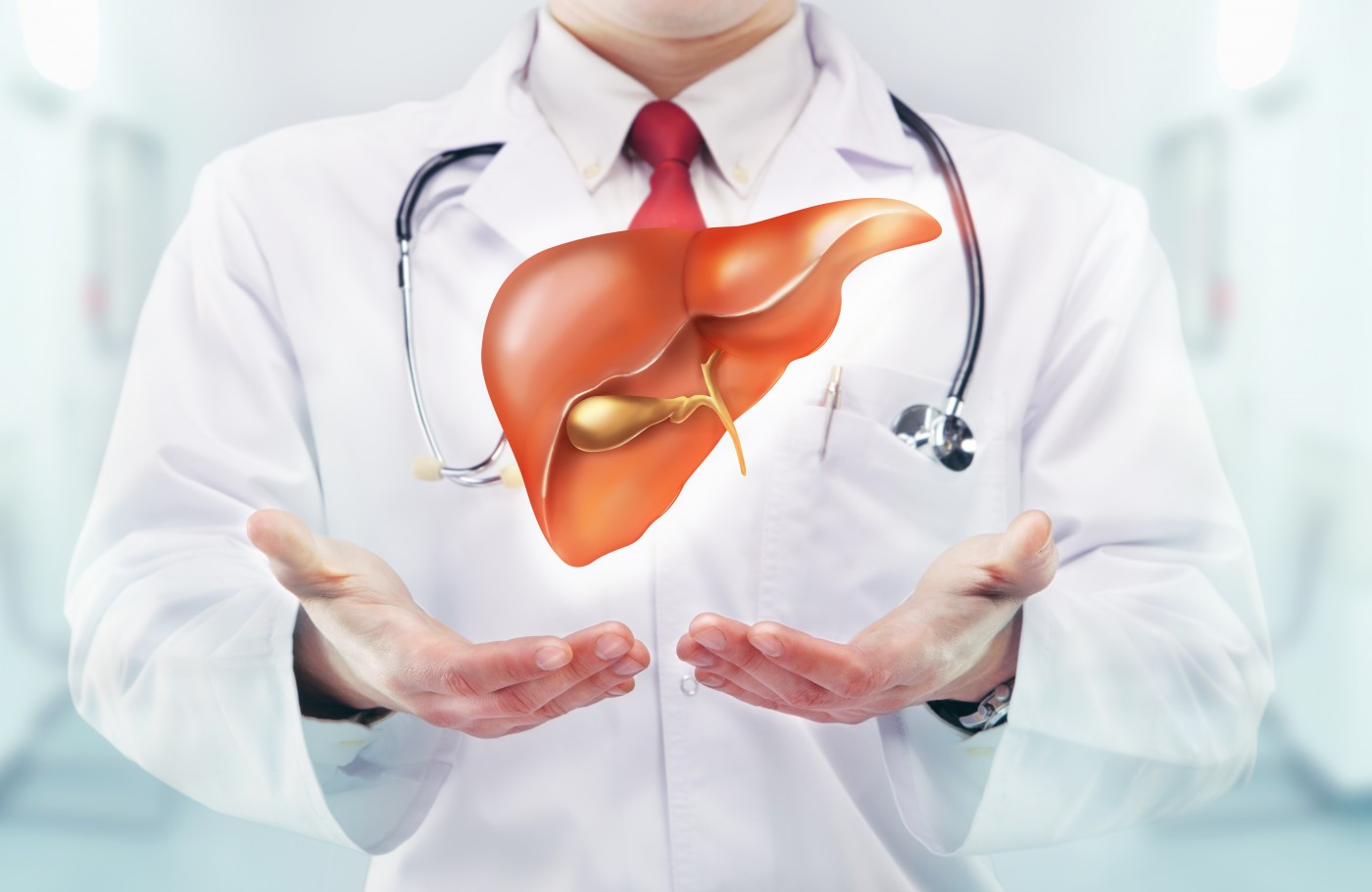SMA Symptoms May Partly Be Result of Liver Defects, Animal Study Reports

A lack of the survival motor neuron 1 (SMN1) protein, the gene mutated in spinal muscular atrophy (SMA), affected liver development in mice — with liver defects evident before muscle symptoms start showing.
The study, “Survival Motor Neuron (SMN) protein is required for normal mouse liver development,” published in the journal Scientific Reports, suggests that an abnormal liver can be the cause of heart defects and tissue destruction seen in SMA patients, and provides additional evidence that the liver could be also targeted to treat neuromuscular problems in SMA.
Researchers at the University of Aberdeen in the U.K noted that, although the SMN protein is normally present in high levels in the liver, few studies have explored how its lack affects the organ and ,potentially, the rest of the body.
Earlier studies have shown that SMA patients have abnormalities in blood vessels, and a lack of the smallest vessels, called capillaries, in both muscles and the spinal cord resulting in tissues starved of oxygen, ultimately killing cells.
Other scientists have also shown that increasing the levels of SMN in the liver of a mouse model of severe SMA improved disease symptoms, even rescuing motor neurons. To better understand how the liver can impact this disease, the research team studied how it looked in a mouse model of severe SMA.
Upon birth, the liver in diseased mice was smaller than in normal mice, but its size was proportional to a smaller body size. The organization of the tissue was also different, indicating that the development of the organ was delayed.
The team noted that the liver was much darker in color than what is normal, and found that the mice had an unusually high production of red blood cells, continuing as they grew older. The organ also produced more platelets than what is normal. This resulted in clot-like structures being released into the bloodstream. Researchers also found that white blood cell production was normal.
Taking a closer look at the hearts of the animals, the team noted that both ventricles had an abnormal accumulation of blood. Upon closer analysis, however, it became clear that platelets were only present in high numbers in the right ventricle.
The blood in the right ventricle had the appearance of a clot. As the right ventricle of the heart receives blood from the liver, the researchers speculated that blood clots are formed in the liver and get stuck in the heart and the lungs (blood flows into the lungs from the right side of the heart before returning to the left ventricle).
Organ changes were linked to alterations in molecular pathways, controlling the formation of red blood cells and platelets, among other things. By increasing the levels of SMN in the liver from birth, the lifespan of the animals also improved, and at age 3 weeks, the livers in these animals were indistinguishable from those of normal mice.







